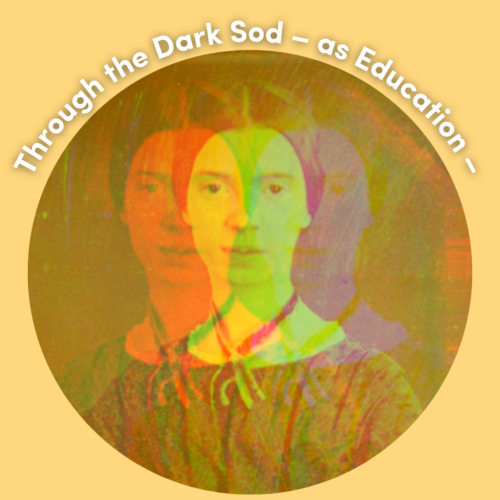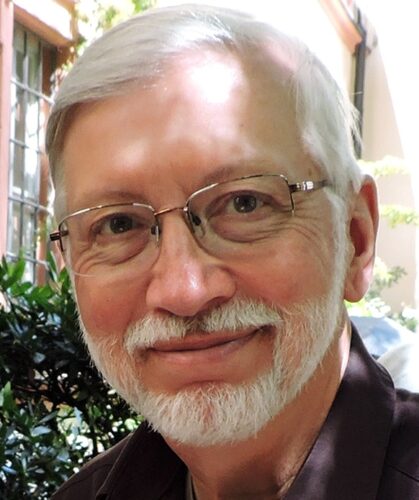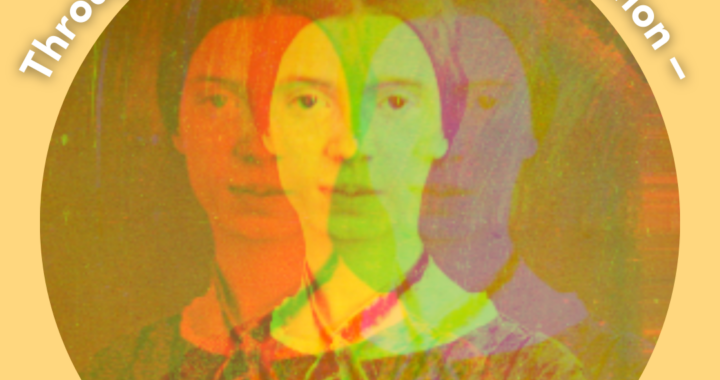VIRTUAL PROGRAM
 For any questions, please e-mail edmprograms@emilydickinsonmuseum.org
For any questions, please e-mail edmprograms@emilydickinsonmuseum.org
Registration is required for this virtual program and is offered on a sliding scale from $5 – $20.
Please select the ticket price that is right for you, and consider supporting the Museum and the participation of other educators through your purchase. Tickets are non-refundable.
Professional Development certificates are available upon request — please e-mail edmprograms@
Through the Dark Sod – as Education –
The Lily passes sure –
Feels her white foot – no trepidation –
Her faith – no fear –
Afterward – in the Meadow –
Swinging her Beryl Bell –
The Mold-life – all forgotten – now –
In Extasy – and Dell – (Fr559)
If poets are “the unacknowledged legislators of the world,” as Shelley asserted (The Defence of Poetry), they are also the most underrepresented writers in the literature curriculum in many schools. Poetry is intimidating to many students—and to many teachers, too—because, unlike the Lily, we don’t always “pass sure” through the “Dark Sod” of convoluted diction, unfamiliar allusions, and concentrated ideas that characterize many poems.Like our students, we crave certainty and control.
The poems of Emily Dickinson can be especially challenging for students and teachers because, despite their simplicity of form, they deny straightforward readings or unified interpretations. But if we can learn to read with “no trepidation,” delving into Dickinson’s complexities can be a true delight, an opportunity for students and teachers alike to “swing their Beryl Bells” in “Extasy.”
In this workshop, we will read several poems together, developing our tolerance for ambiguity and sharing methods that help students overcome their fears of “getting it wrong” when they discuss Dickinson’s work. Using simple protocols, we will explore strategies for decoding the paraphrasable content of the poems, interpreting their evocative language, and making personal connections through low-stakes writing and discussion. We will also consider various approaches to choosing Dickinson poems for study and developing curriculum units.

Bruce M. Penniman, Ed.D., taught writing, speech, and literature at Amherst Regional High School for 36 years and is still an advisor to the Sene-Gambian Scholars exchange program there. He served as Site Director of the Western Massachusetts Writing Project at University of Massachusetts Amherst, where he has taught numerous graduate courses for teachers. In 1999 he was named Massachusetts Teacher of the Year and finalist for National Teacher of the Year, and he is the author of Building the English Classroom: Foundations, Support, Success (NCTE, 2009). He has been a teacher curriculum mentor in all four NEH Emily Dickinson: Person, Poetry, and Place workshops and has facilitated discussions for the Emily Dickinson Museum’s Poetry Discussion Group on topics ranging from “Emily Dickinson and the Bible” to “Emily Dickinson and Science.”
Questions?
Email edmprograms@emilydickinsonmuseum.org
